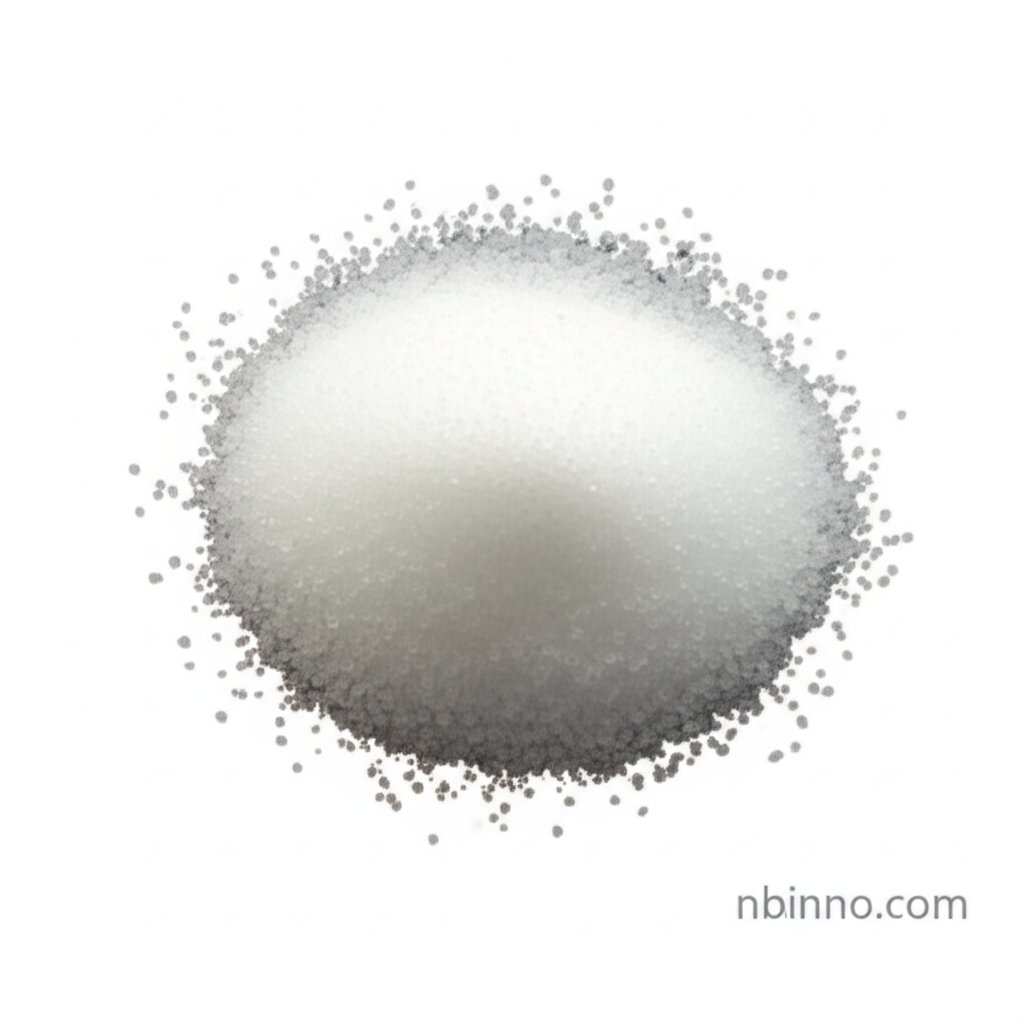(Benzylamine)trifluoroboron CAS 696-99-1: A Versatile Chemical Compound for Organic Synthesis and Beyond
Unlock the potential of advanced organic synthesis and material science with this key chemical compound.
Get a Quote & SampleProduct Core Value

(benzylamine)trifluoroboron
This compound serves as a crucial Lewis acid catalyst in various organic transformations, facilitating reactions like Friedel-Crafts acylation and cyclization. Its utility extends to acting as a mild fluorinating agent and a valuable precursor for the synthesis of diverse nitrogen-containing heterocycles essential in medicinal chemistry.
- Discover the utility of (benzylamine)trifluoroboron in organic synthesis, acting as a potent Lewis acid catalyst.
- Explore the applications of CAS 696-99-1 as a fluorination reagent in various chemical processes.
- Understand how this compound serves as a precursor for medicinal chemistry building blocks, vital for drug development.
- Learn about the use of boron trifluoride complexes in material science applications for novel materials.
Advantages Provided by the Product
Versatile Catalyst
Leverage (benzylamine)trifluoroboron's capability as a Lewis acid catalyst to drive complex organic synthesis reactions efficiently.
Selective Fluorination
Utilize this compound for selective fluorination reactions, adding precision to your chemical modifications and exploring fluorination chemistry applications.
Drug Development Support
Employ this compound as a precursor in medicinal chemistry, aiding in the creation of novel therapeutic agents and drug discovery.
Key Applications
Organic Synthesis
As a highly effective Lewis acid catalyst, (benzylamine)trifluoroboron is instrumental in promoting a wide range of organic transformations, contributing significantly to advanced organic synthesis.
Medicinal Chemistry
Its role as a precursor for essential nitrogen-containing heterocycles makes it invaluable in medicinal chemistry for developing new drug candidates.
Material Science
This compound is a key starting material for synthesizing various borate materials with unique photophysical properties, promising for applications in fields like OLEDs.
Chemical Research
Researchers widely use CAS 696-99-1 for its diverse reactivity and as a foundational chemical for exploring new synthetic methodologies and applications.
